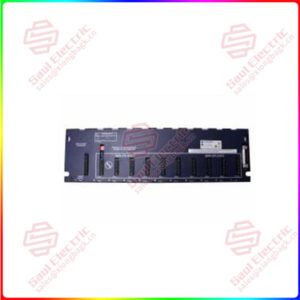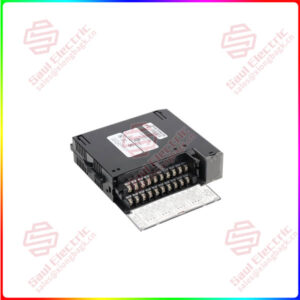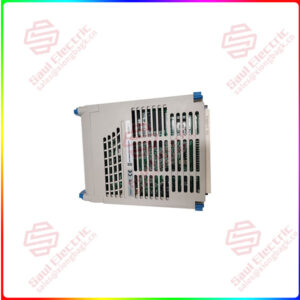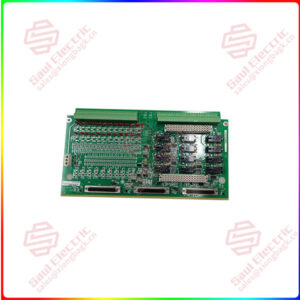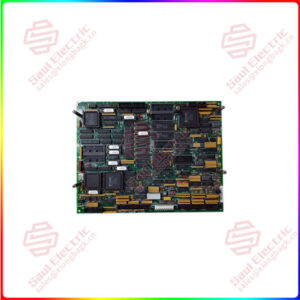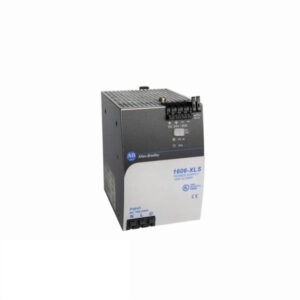Description
Overview
Essential details:IC693PCM300R GE Programmable Coprocessor Module
lf you need to inquire or purchase ,please send the product models to my email or call medirectly .
sunny He
[Email] sales@xiongbagk.cn
[Mobile] 86-18059884797
[WhatsApp] 86-18059884797
[Skype] sales@saulcontrol.com
IC693PCM300R GE Programmable Coprocessor Module
Devices like industrial computers, peripheral monitors, process controllers can communicate with a GE Fanuc Series 90-30 PLC by using the GE Fanuc IC693PCM300 Programmable Coprocessor Module as an interface or communication gateway. A wide variety of MegaBasic operator interface functions such as data acquisition, data storage and retrieval, and real-time computing can be edited, configured, and adapted for the monitoring and control of different application processes and machinery from the GE Fanuc IC693PCM300 Programmable Coprocessor Module. User memory is maintained on the module even after a power interruption by the use of an internal lithium battery included from the factory. There are 3 status LEDs on the module which include 1 OK LED that indicates the module’s status and 2 user-configurable LEDs called User 1 and User 2. The OK LED will be on when the module is working properly, off when the module is not working, and it will be flashing during the power-up diagnosis.


 1 Year Warranty
1 Year Warranty

